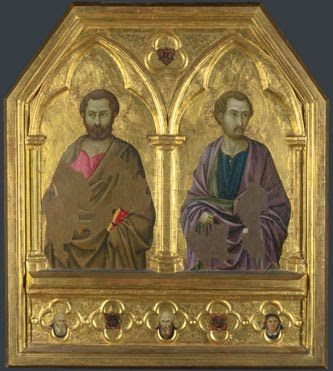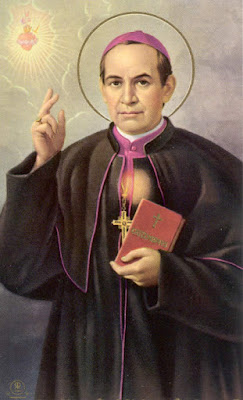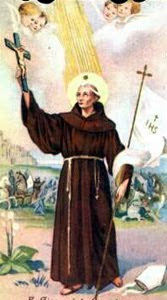Ss. Simon and Jude

Simon belonged to the group formed in Israel. They were called the "zealots." Its purpose was to work hard against the Roman invasion in their country. However, listening to the word of Christ was for him the discovery of the universality of God's love. Jude Thaddaeus has become one of the most popular saints for the favors given to people with regard to job search. This devotion, and lived his life in St. Bridget. You can read in his book "Revelations" deep respect and devotion to this apostle of the first century of our era. Why celebrate the holiday the same day? The thing is simple. Tradition has it that the two were always together in a rich and fruitful apostolate. The Lord called him to complete the number of the twelve apostles, charged with being the continuers of the work of Jesus in the world. Jude Thaddaeus called to distinguish it from other Judas Iscariot who betrayed, sold the Lord for thirty pieces of silver and then hanged himself. Jude Thaddaeu...


.jpg)














